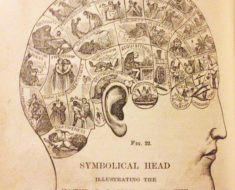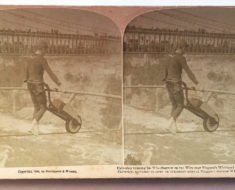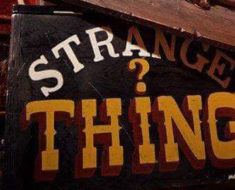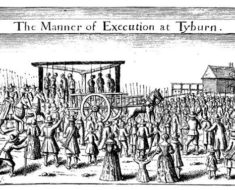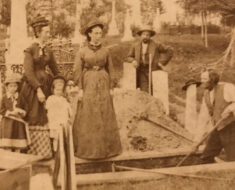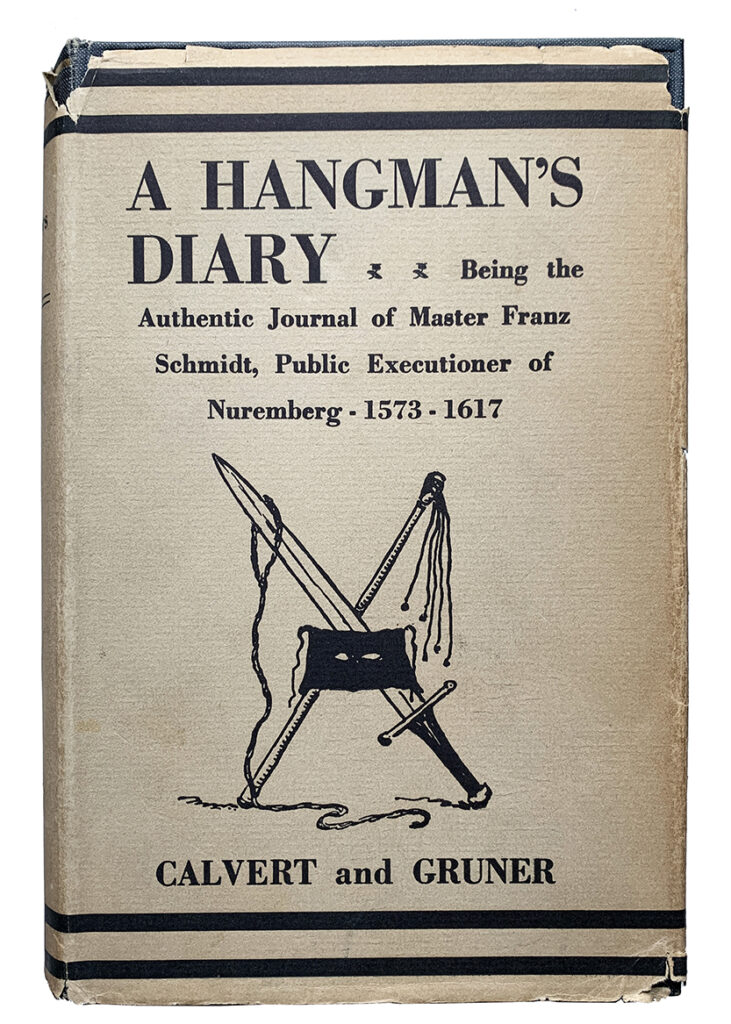
Of all the horrible jobs people have had the displeasure of holding, executioner has to be among the most dreadful. France’s executioner during the Revolution, Charles-Henri Sanson, ended the lives of 2,548 people between July 14, 1789 and October 1, 1796. And that was more than thirty years after he inherited the job from his father.
Franz Schmidt, executioner of Nuremberg from 1573-1617, kept a diary of his awful acts. This unfortunate record of history described the various crimes that led people to him, and the methods of punishment he enacted.
Like Sanson, Schmidt followed his father’s gruesome footsteps in the family trade. During the course of his career he put 361 people to death. These are described in his diary, which was translated and published by D. Appleton and Company in 1928 as A Hangman’s Diary: Being the Authentic Journal of the Master Franz Schmidt, Public Executioner of Nuremberg, 1573-1617.
As the title indicates, he hanged a lot of people. This was considered a disgraceful death for thieves and criminals of lower classes. The more honorable way to meet death was a quick, clean decapitation. As such, Schmidt described many beheadings. These he often considered a favor to his clientele. Here are thirteen of them—including a “bungled” attempt— spanning several decades:
- 1587 — July 20th. Gertrude Schmidtin of Fach, a peasant girl and heretic. She lived in debauchery for four years with her own father and brother, who were burnt alive at Langenzenn a week later. Beheaded with the sword as a favour.
- Two highway robbers beheaded as a favour.
- August 29th. Elizabeth Rossnerin of Leibsgrüen, a day-labourer and beggar, who smothered and throttled her companion, also a field-worker, and took 4 pounds 9 pfennigs from her. Beheaded with the sword as a favour, because she was a poor creature and had a wry neck.
- October 3rd. Margaret Brechtlin, daughter of the tax-collector at the Spittlerthor, who gave her husband Hans Prechteln (a carpenter in Gastenhof) insect-powder in porridge, also in eggs, although he did not die at once of it. Beheaded with the sword and not hanged, as a favour.

- October 17th. Christopher Schmiedt of Nuremberg, alias Cooper Chris, a cooper and thief, who was banished the land for his thefts.
- 1597 — August 16th. Carl Reichardt, called Eckerlein at Nuremberg, who was a simpleton; formerly whipped out of the town because of Schinbein’s wife, with whom he had had immoral relations, as well as with other married women, stole here and everywhere from the executioners and their assistants, also at the knacker’s yards where he lodged-beheaded with the sword here as a favour.
- October 25th. Lorentz Schober of Mienitz, a thief who stole trifles, namely 12 loaves, 6 cheeses, a shirt and a doublet. At last he broke into the house of a poor woman at Gründlein, and when she caught him in the act and held him and screamed for help, he drew a knife and stabbed her thrice, the first time in the head, the second time in the left breast, the third in the neck, and left her lying for dead, so that she recovered with difficulty. Beheaded for this with the sword as a favour and not hanged.
- 1612 — October 1st. Laurence Stollman of Culmnbach, from the Wolfsgorge, a couch boy and thief who stole 150 florins out of a couch from a man (this money was again stolen from him at Staffelstein). Stole many things besides. As he had not enjoyed the proceeds of his theft, he was beheaded as a favour.
- December 17th. Bartholomew Deigela, a barber and son of a citizen of this town, who snatched their cloaks from people by night in the streets, took five of them and two from women; beheaded here as a favour and not hanged. (Note: the execution was bungled.)
- 1615 — June 22nd. Lienhardt Müller, a butcher, alias Scheidlein, who stole many household articles, also tin, copper, and sheep. Beheaded with the sword here as a favour. The ladder was already placed against the gallows, but he was spared (hanging) and executed near the timber stacks.
- November 2nd. Hans Ziegler of Brodt, alias der Botz, who threatened to burn down the houses of his friends and guardians for refusing him money, though he had formerly squandered it on women and prostitutes. Beheaded with the sword, as a favour.
- December 7th. Hans Raim of Elsheim, an embosser in the new hospital, beheaded with the sword here, as a favour, and exposed on the wheel for a murderous assault committed on a woman behind Fischbach. He thought he had killed her; and he found 5 orts 1 guldens on her.
- December 14th. Michael König, son of a nail-maker; was a burgher residing here at Wehr, who stole many things at various times. The ladder was already resting against the gallows for him, but he was beheaded with the sword as a favour, close to the gallows.

